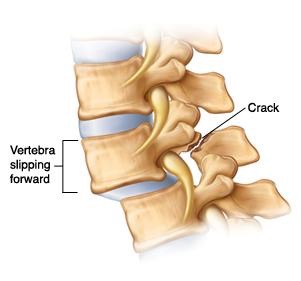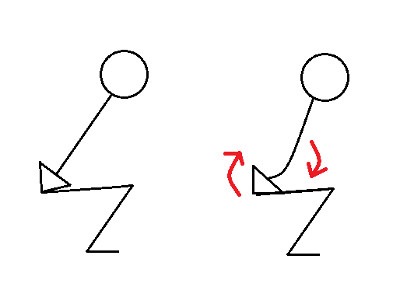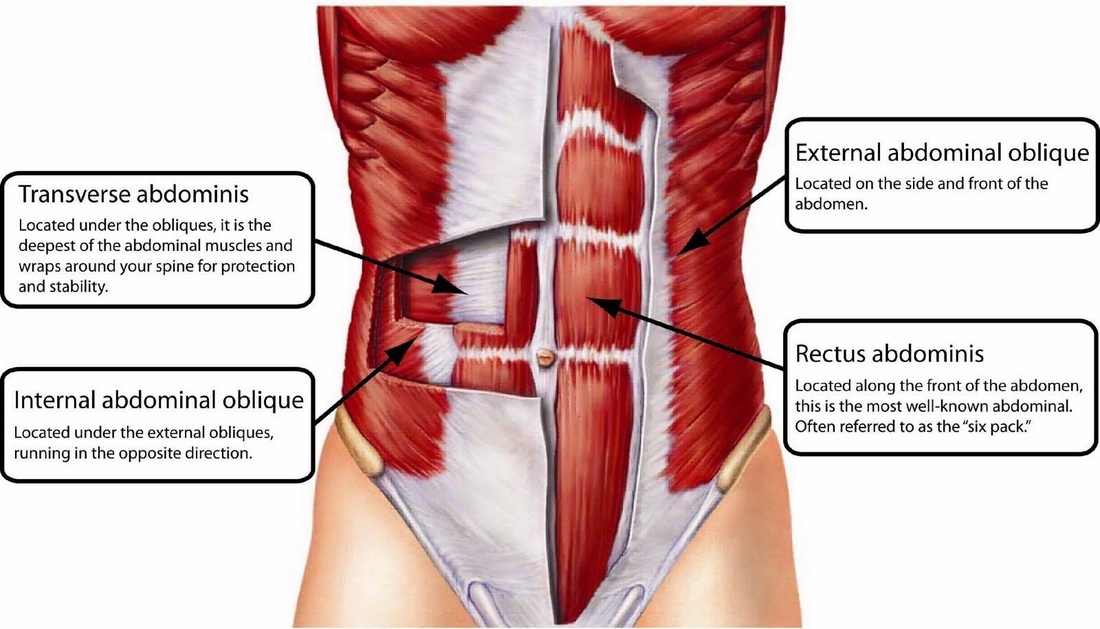Just Arch Harder!
Aug 29, 2015“Look up when you squat, Matta!” Coach Pettis, high school football coach
Most people who played sports in high school or college have received some coaching on some basic strength movements like the bench press, squat, deadlift and power clean. In fact, thanks to programs like the Bigger Faster Stronger program, high school athletes have been doing these big compound movements for years. I remember going through this exact program when I moved to Columbus, GA as a junior in high school with our football team.
The quote above is something I remember well from all of my strength coaches, but in particular one of my coaches in Columbus. He was the one that implemented using the Bigger Faster Stronger program and he would constantly yell at us to look up when we were deadlifting, power cleaning or squatting. We all got bigger, we all got faster and yes, we all got stronger. Were these changes all beneficial? Looking back it’s hard to say but I would have to say no they were not. In my opinion, we just were adding strength to dysfunction.
So what’s my problem with this cue of looking up when pulling and squatting? I think it’s a cue gone wrong in many ways. I see the rationale behind not wanting the spine to be in flexion when pulling and squatting. You want the spine to be in neutral during these movements. Cueing people to look up is designed to get people out of a flexed position. More commonly, you’ll hear the coupling of two cues, 1) look up and 2) butt back. The problem is many athletes will drive excessively into extension and this can be an even bigger problem.
When we drive our spine into end range extension it’s very stable. The reason it’s very stable is because the facet joints in the spine are getting pressed into each other and it’s literally a bone block that stops any more movement from occurring. As stable as this might be it’s very irritating to the spine and can even cause local spinal fractures called spondylolisthesis. These are most common in young female gymnasts and young male wrestlers. One sport has a ton of arch positions in it and typically landing in arched positions and the other teaches wrestlers to bridge/arch to stop someone from pinning you. Both of these put the spine into end range extension with load.

Am I saying you are going to get a local spinal fracture from squatting while looking up and arching your back? No! But you sure as hell will aggravate your back by doing this. In fact, I would say 90% of the lower back injuries that I see in my practice are directly related to extension based back injuries.

We have to fix this problem through control. The control must come from engagement and strength of the anterior torso, inparticular the internal obliques (IO) and transverse abdominus (TA). These are deep anterior stabilizers of the spine and when we put ourself into an over-extended spinal position they are essentially weakened. Strength and control in this area in particular is the best way to gain lasting control of the anterior spine.

Now let’s fix it. Below are a few videos that directly work on correcting this area and getting you out of an overextended position. Add these in daily at home to reclaim some lost control and when you do squat, actively try and mimic the same muscle contraction that you get with these corrective drills as you do when you squat.
-Danny
Let us help you figure out to live your best active life today!
Remember, Movement is Medicine!

